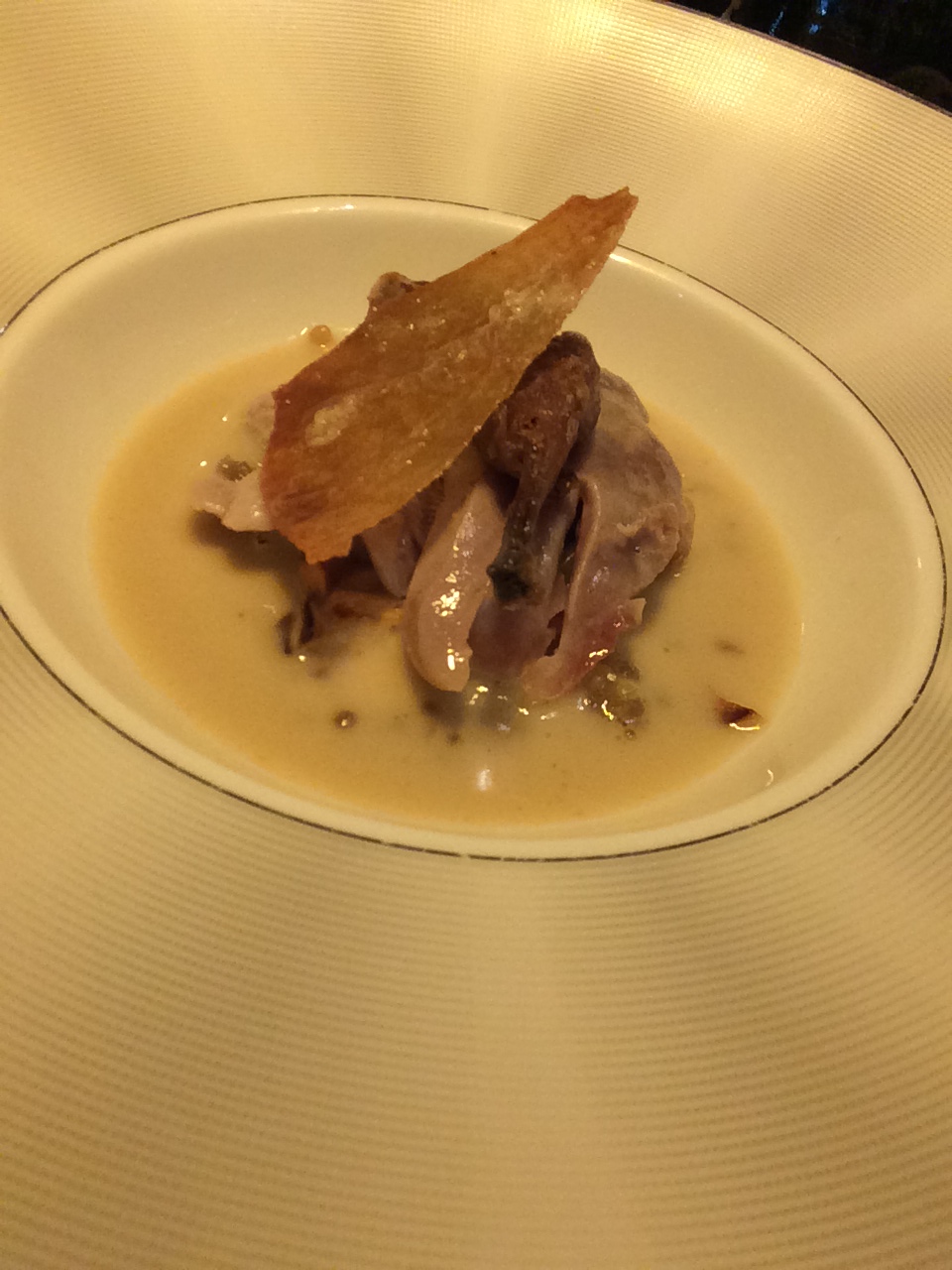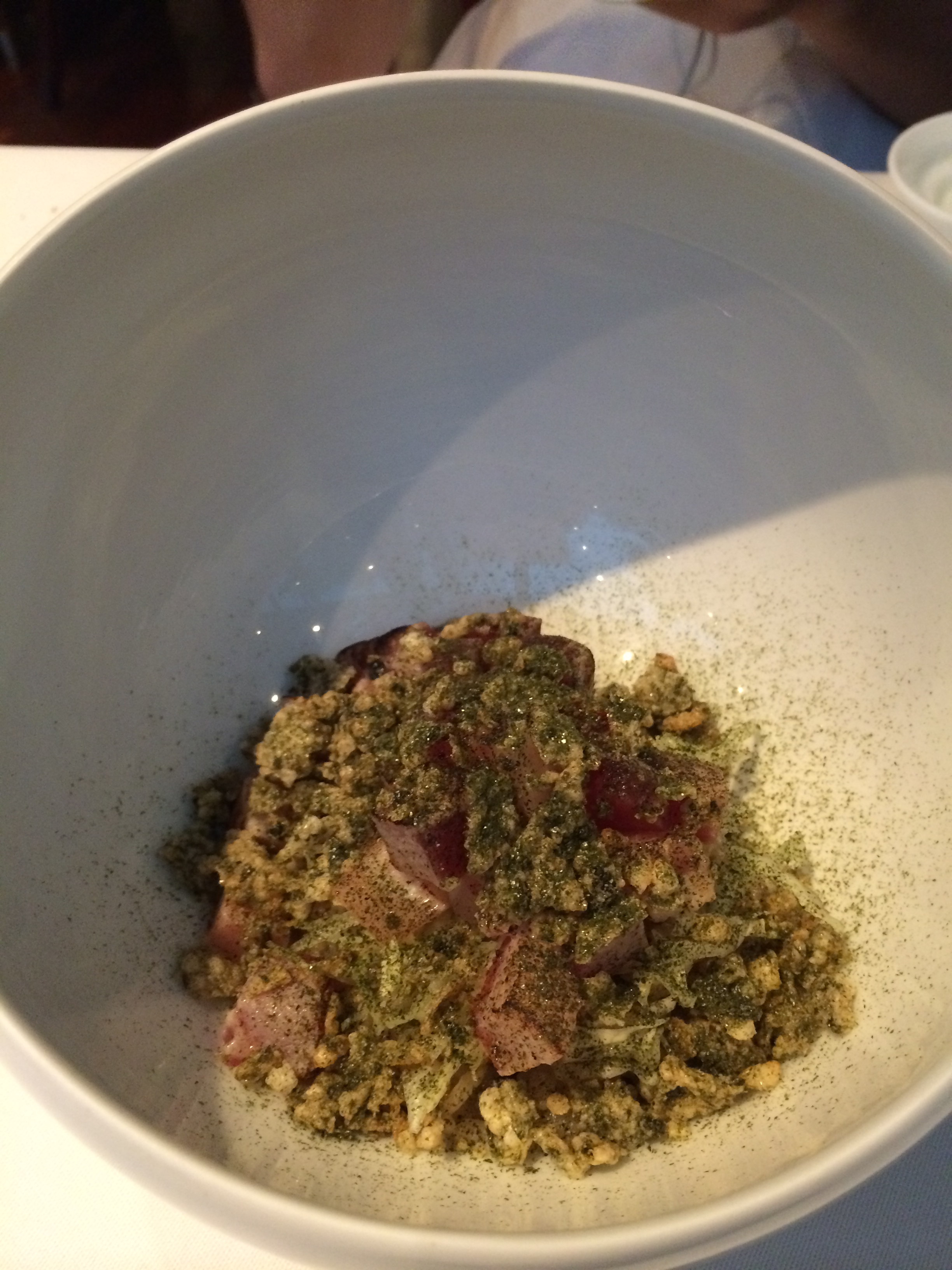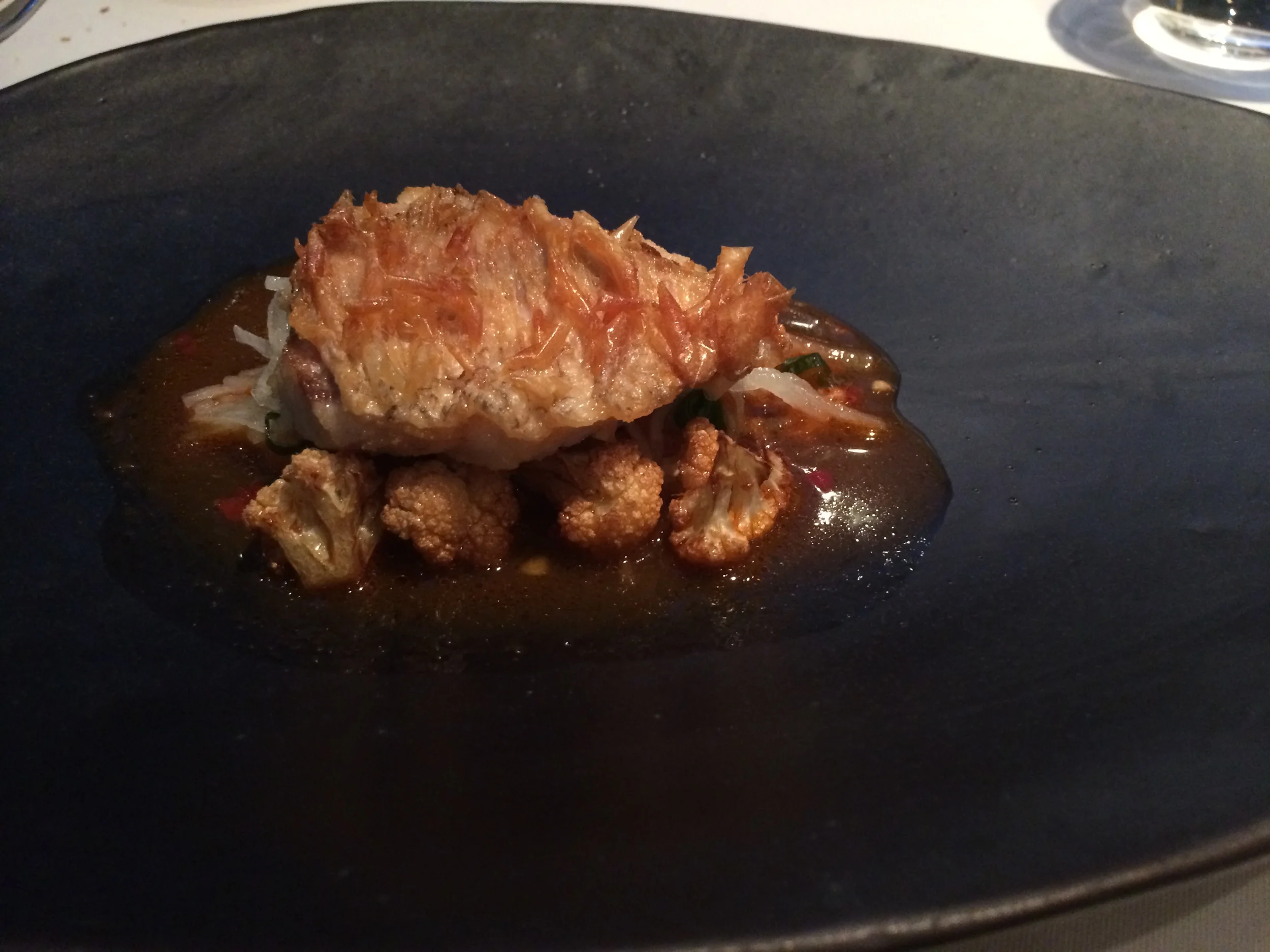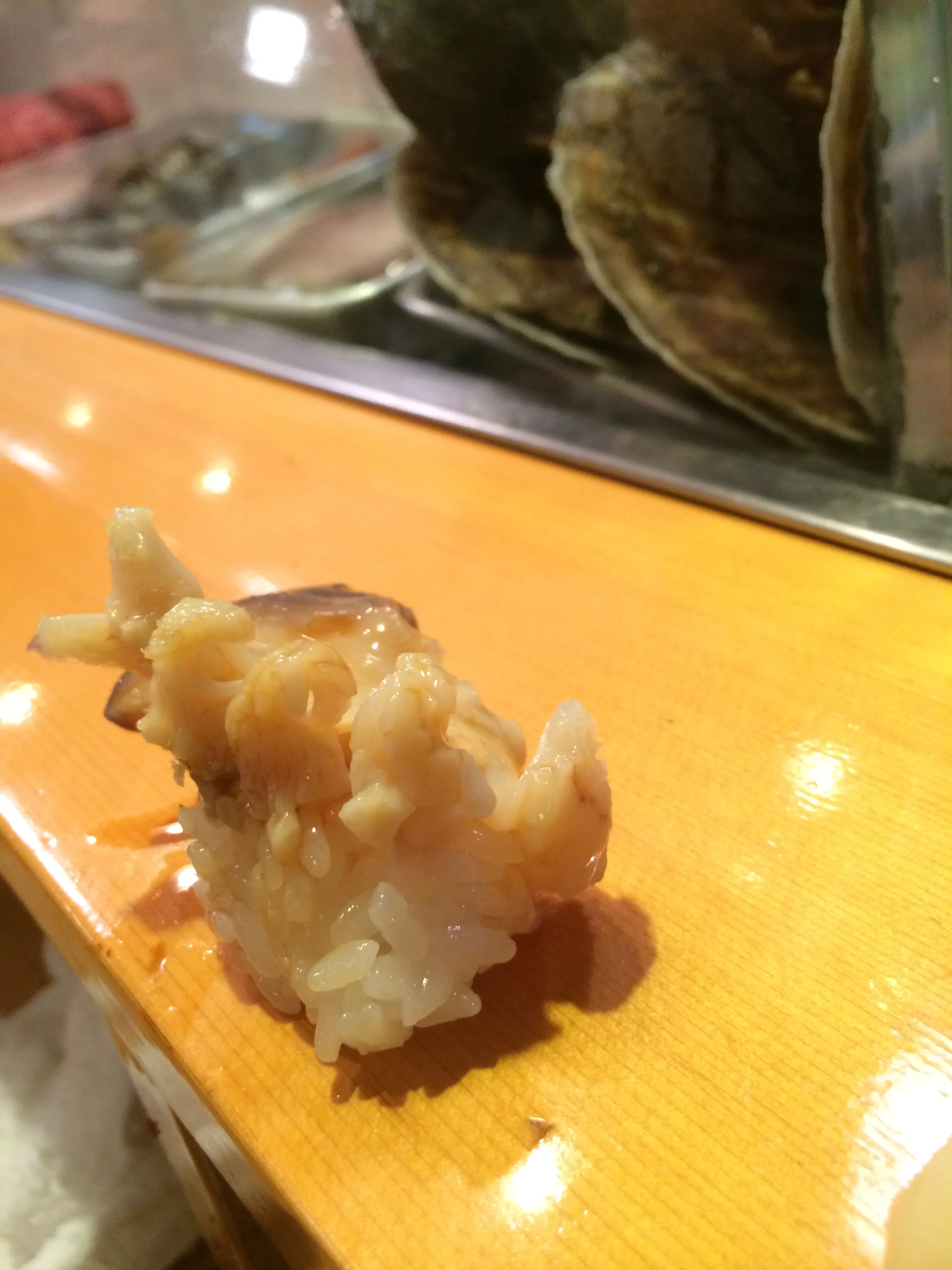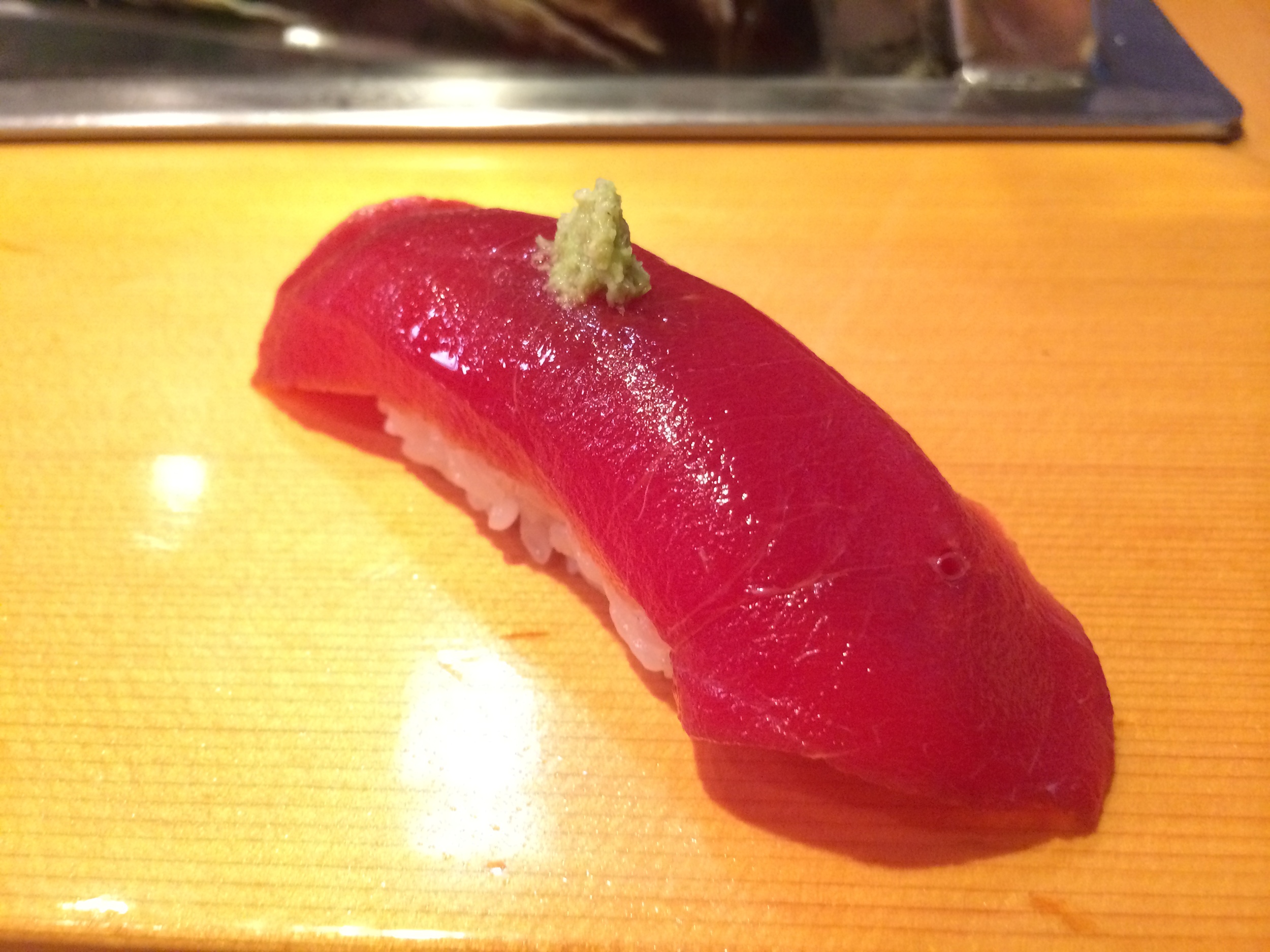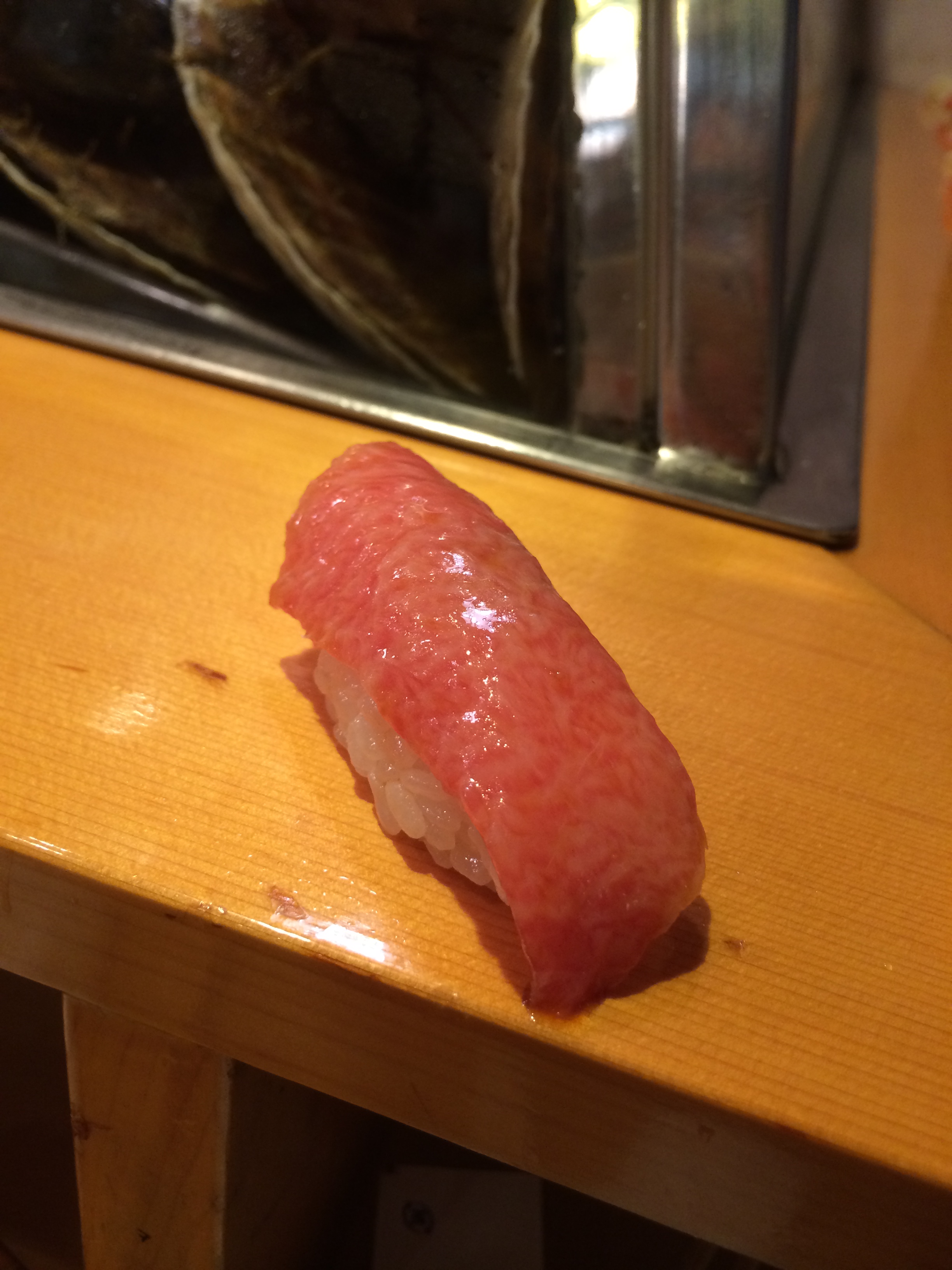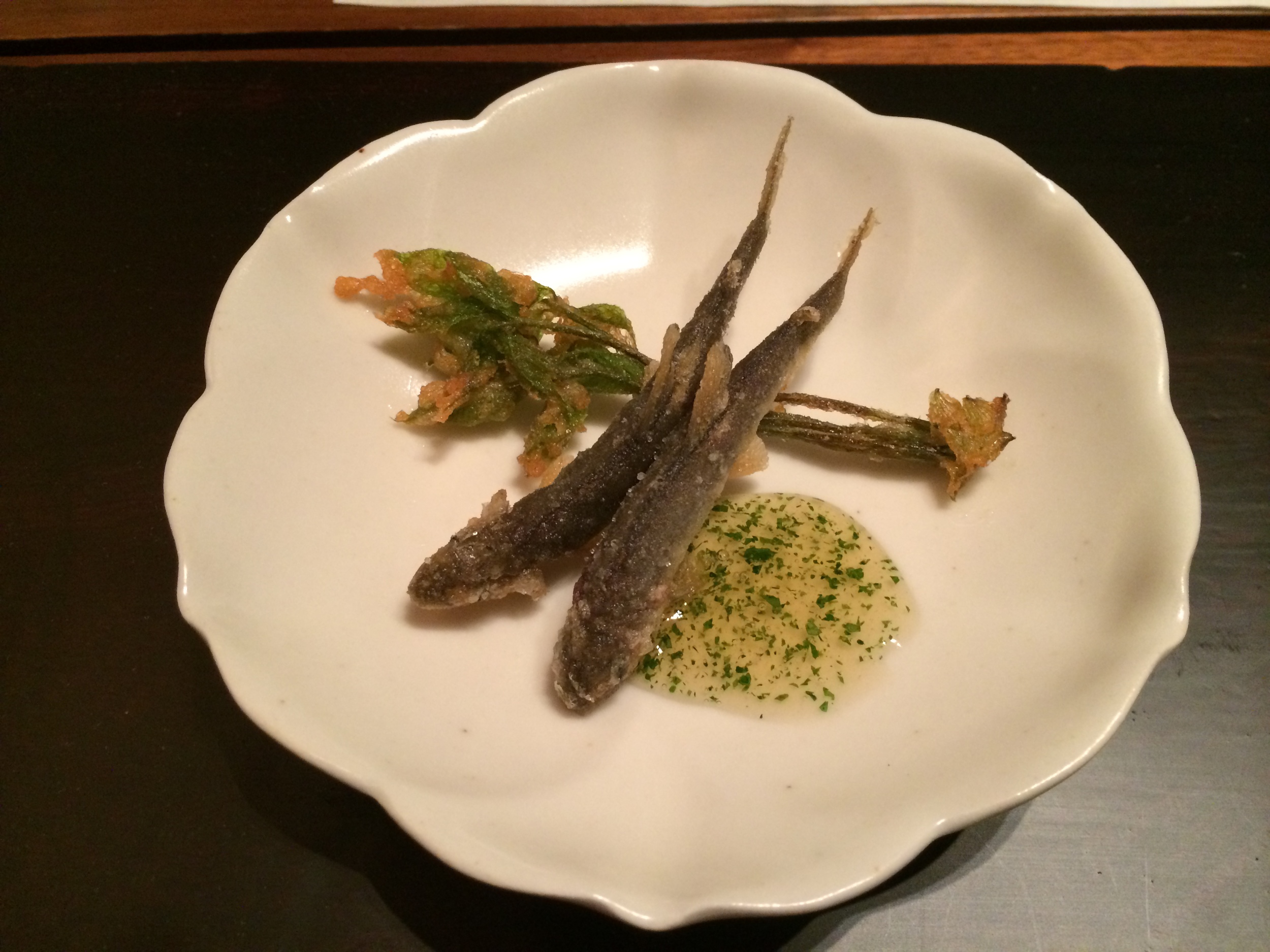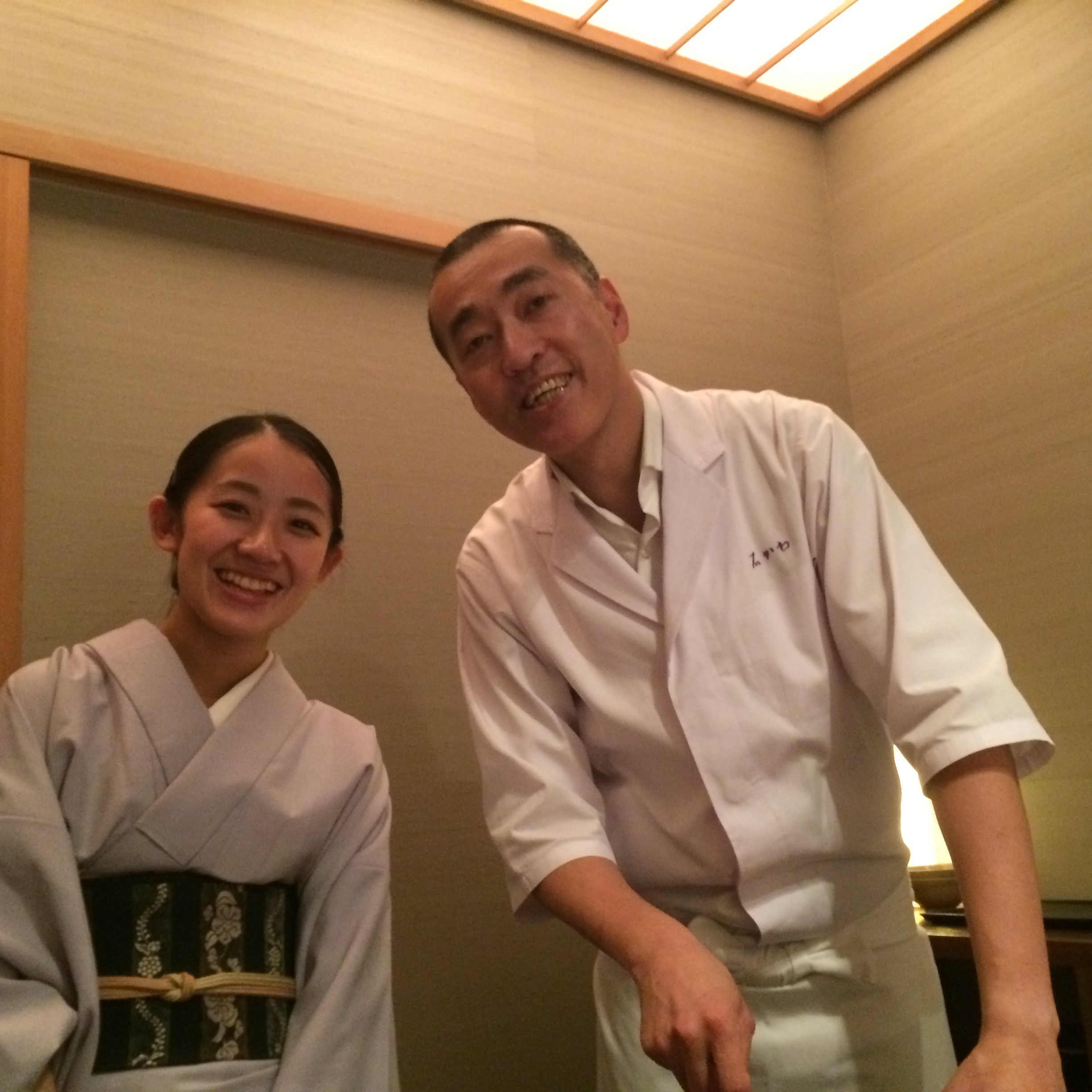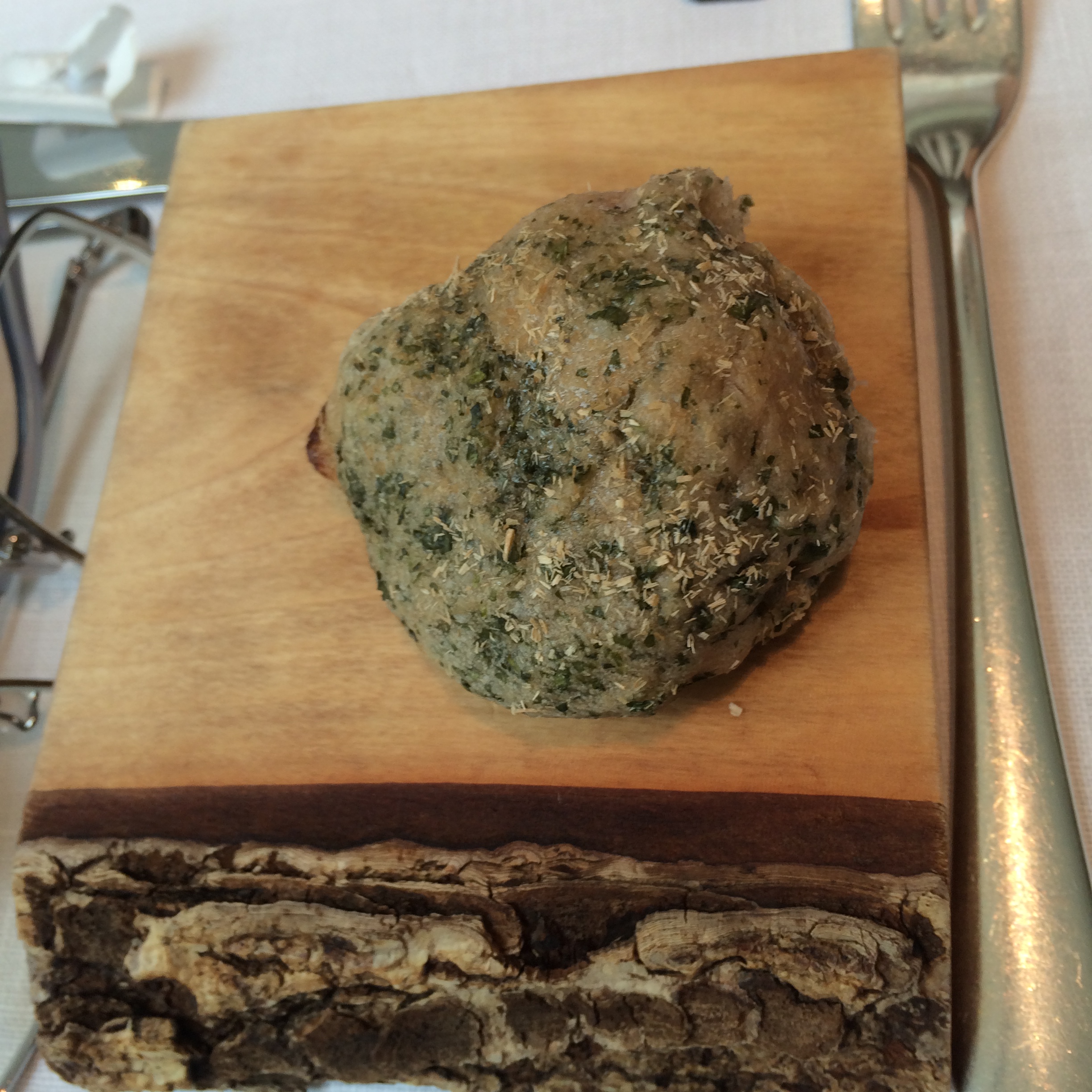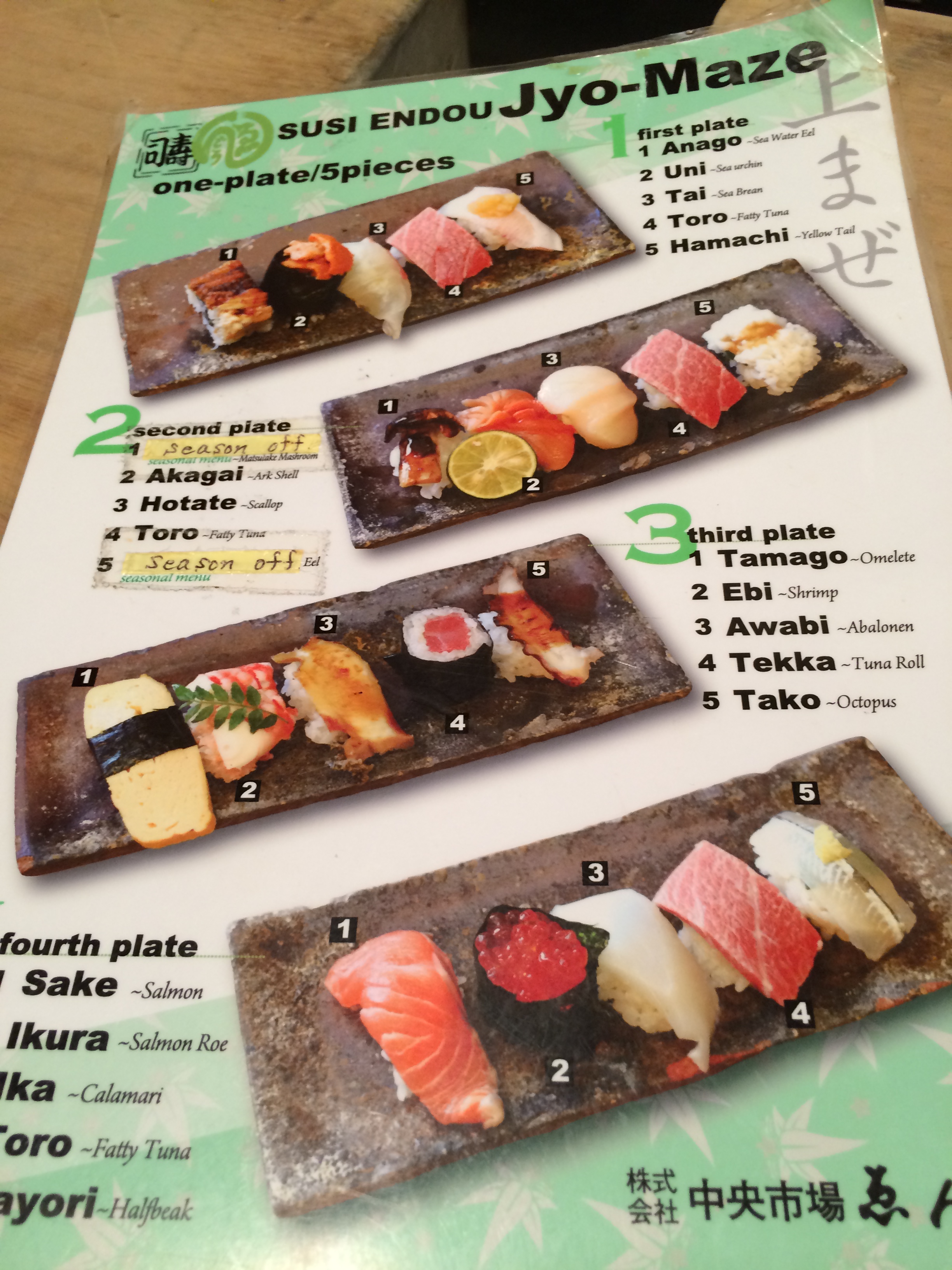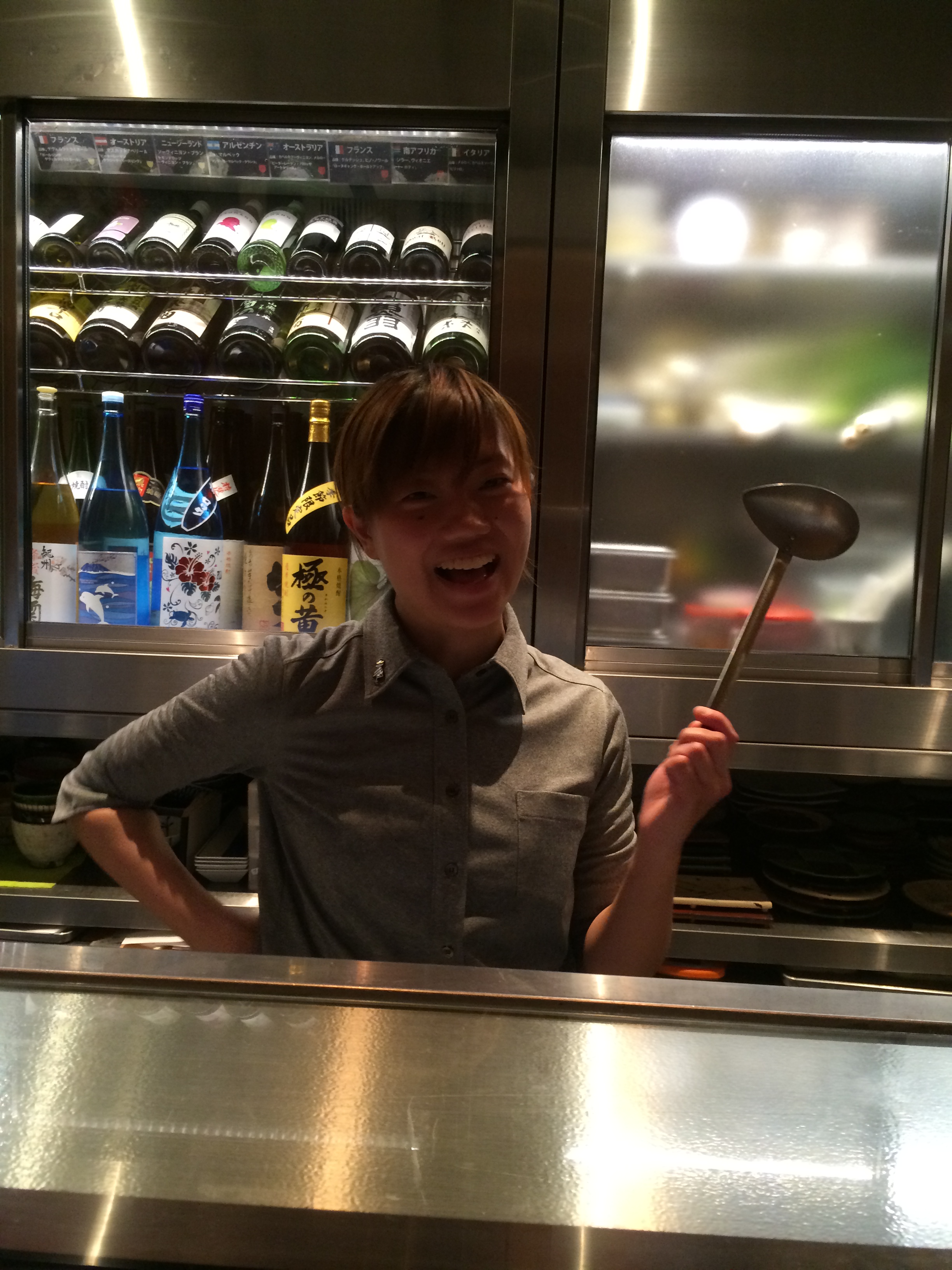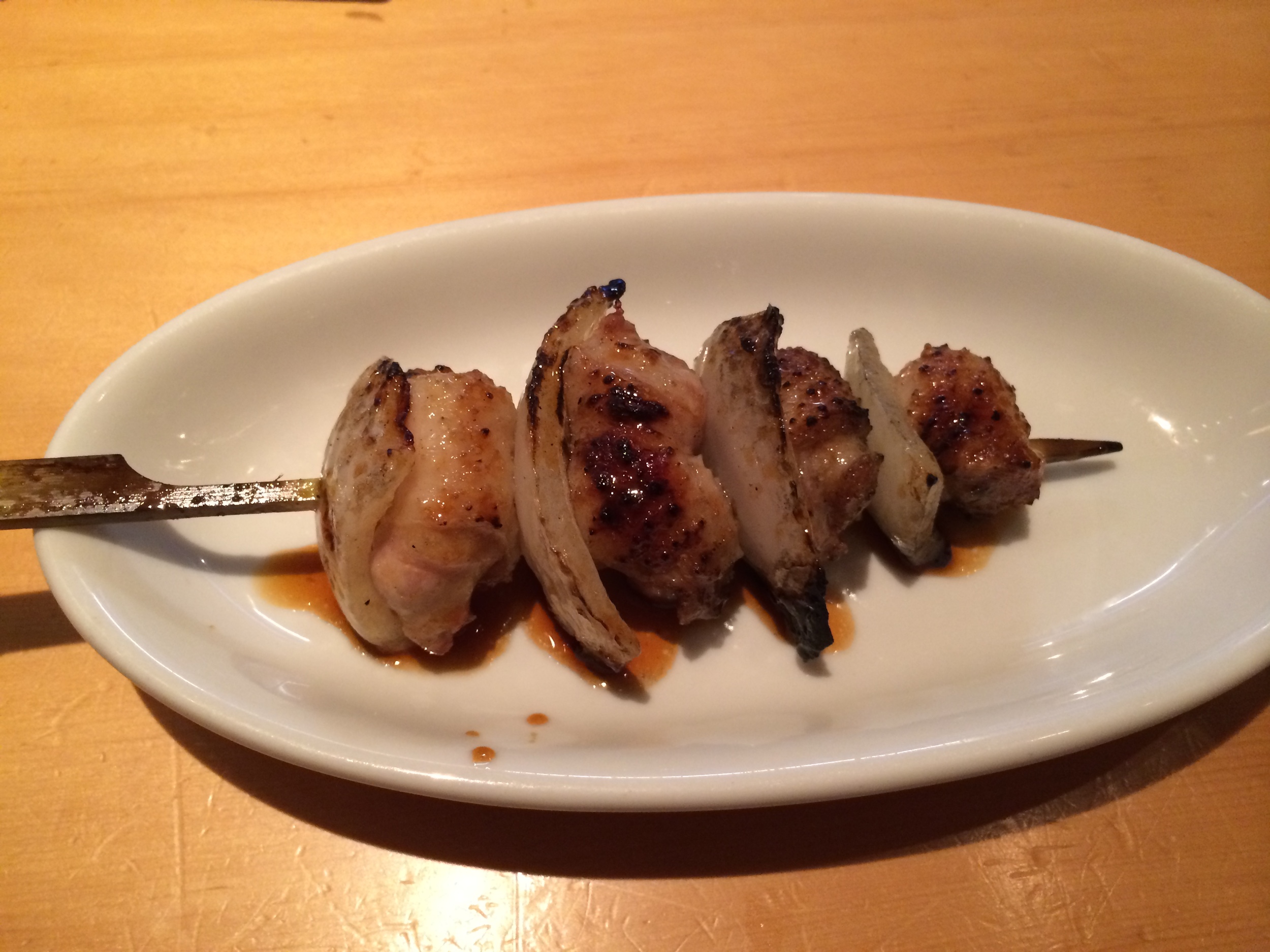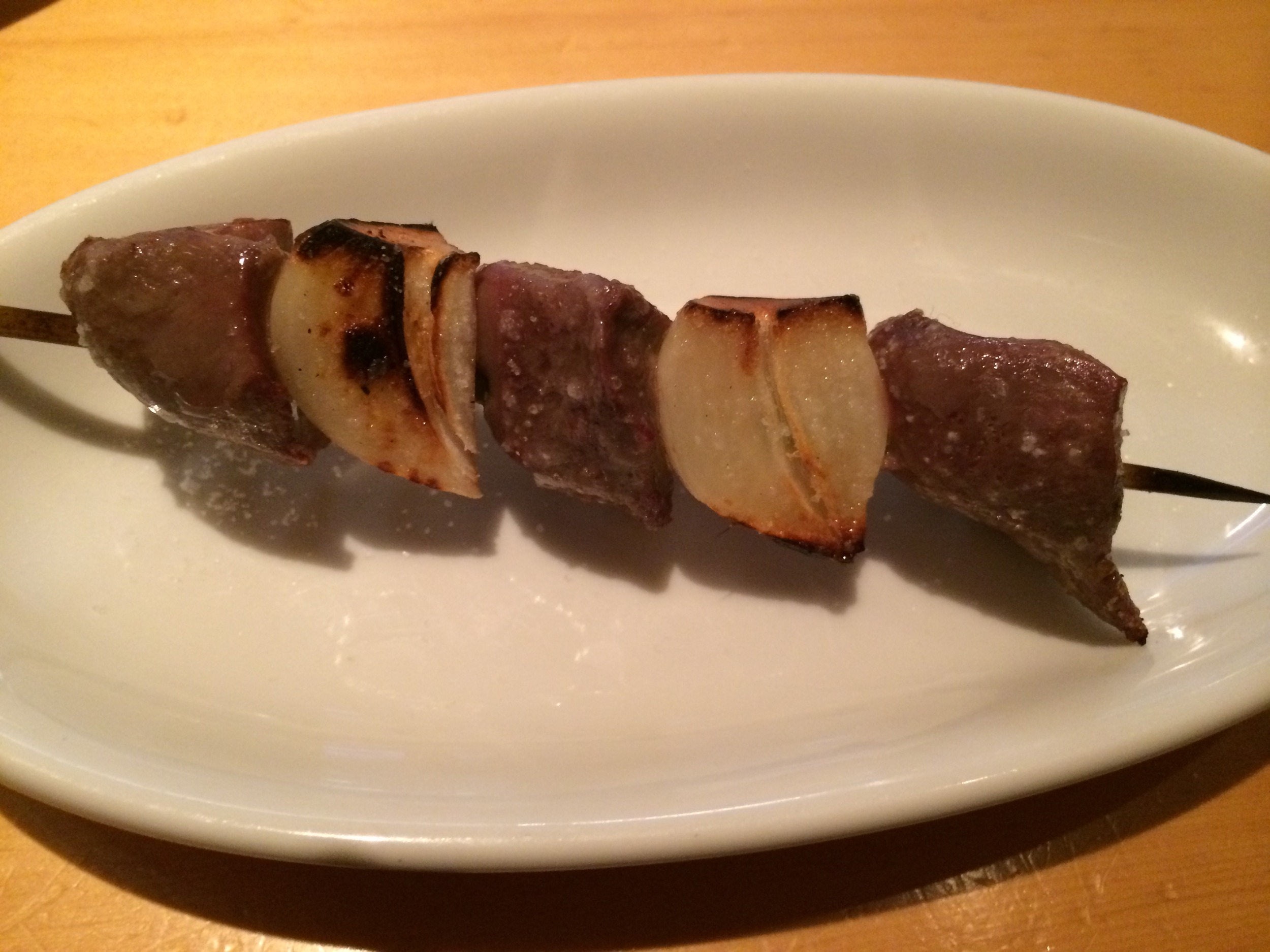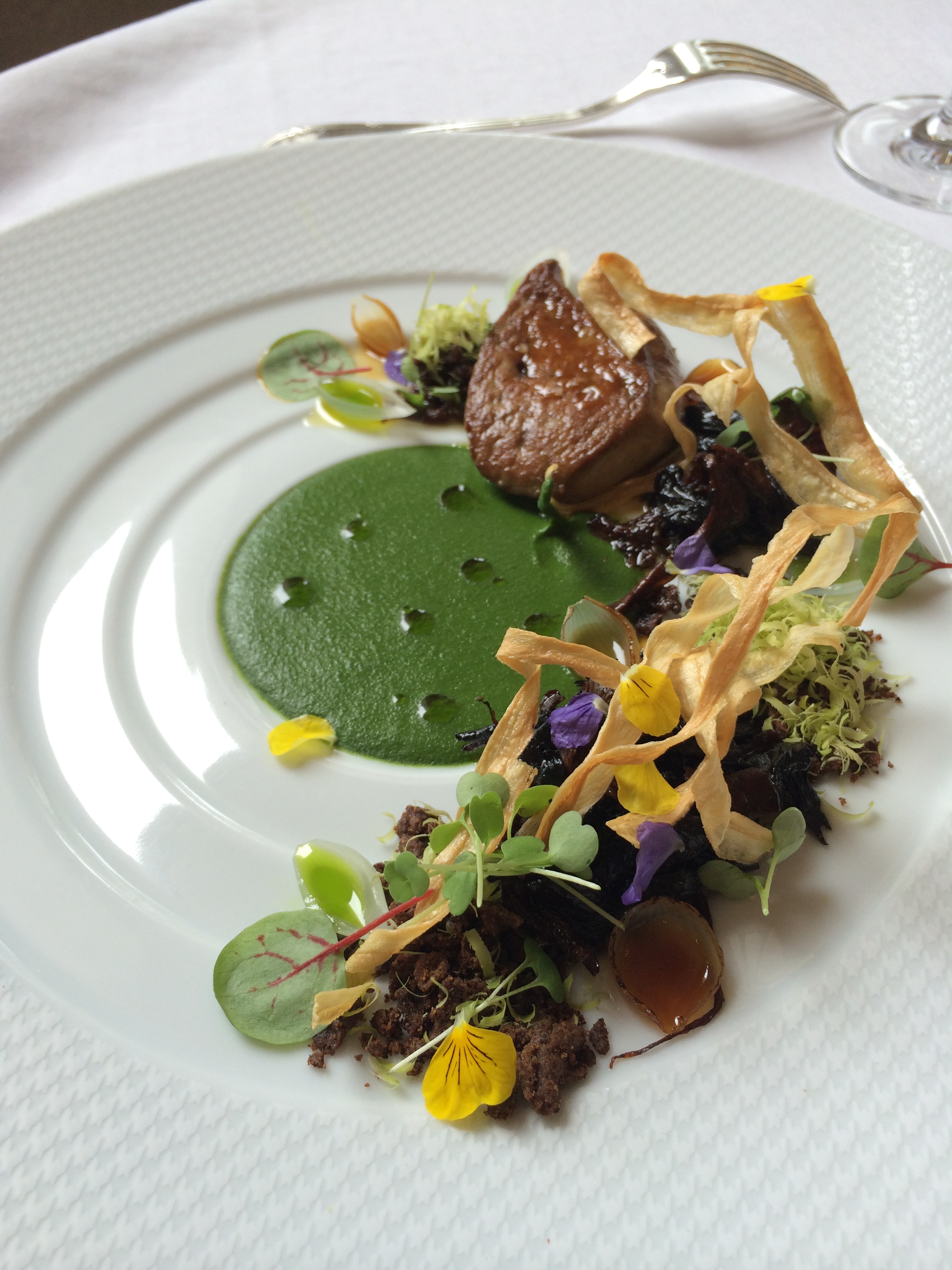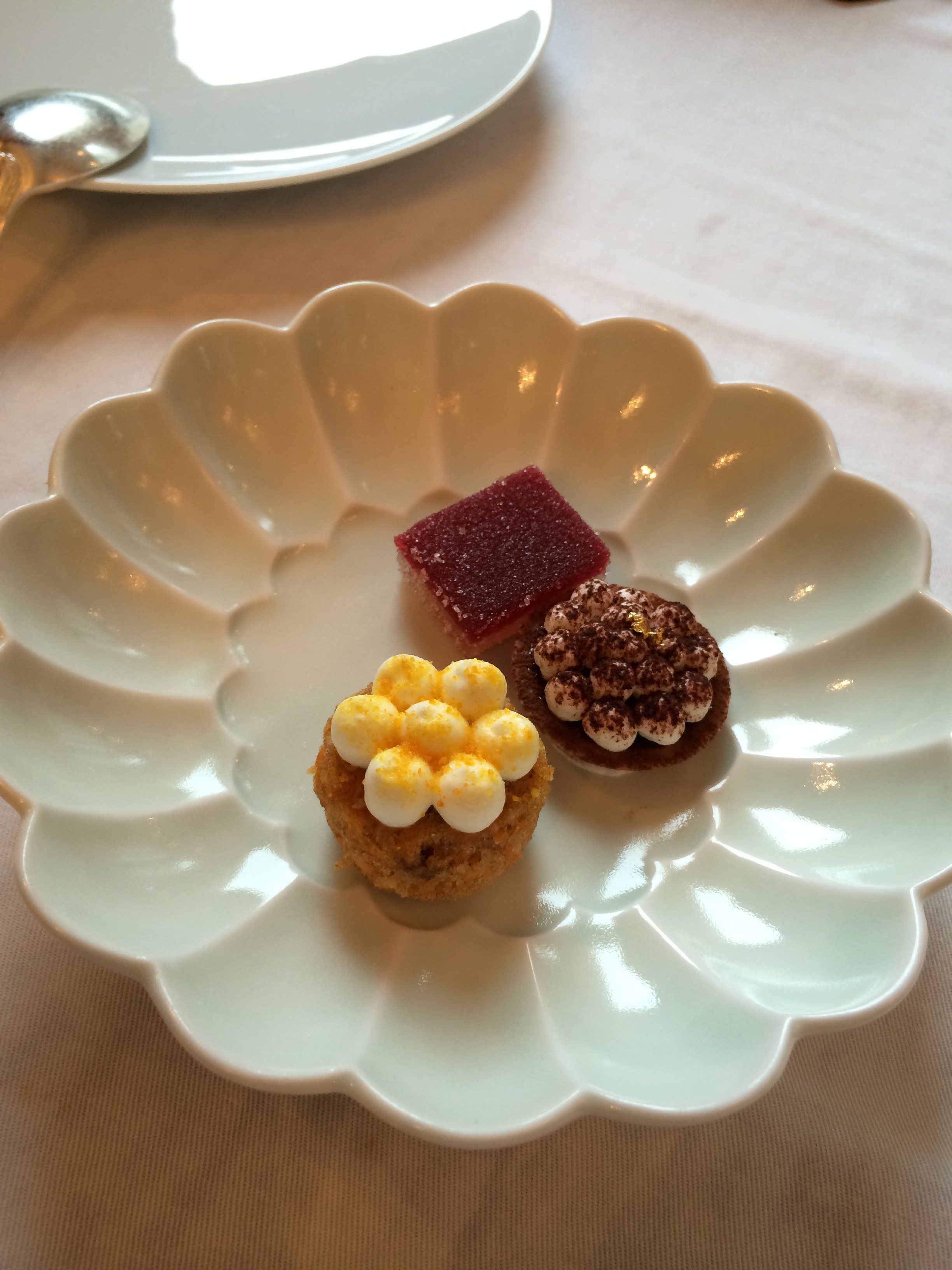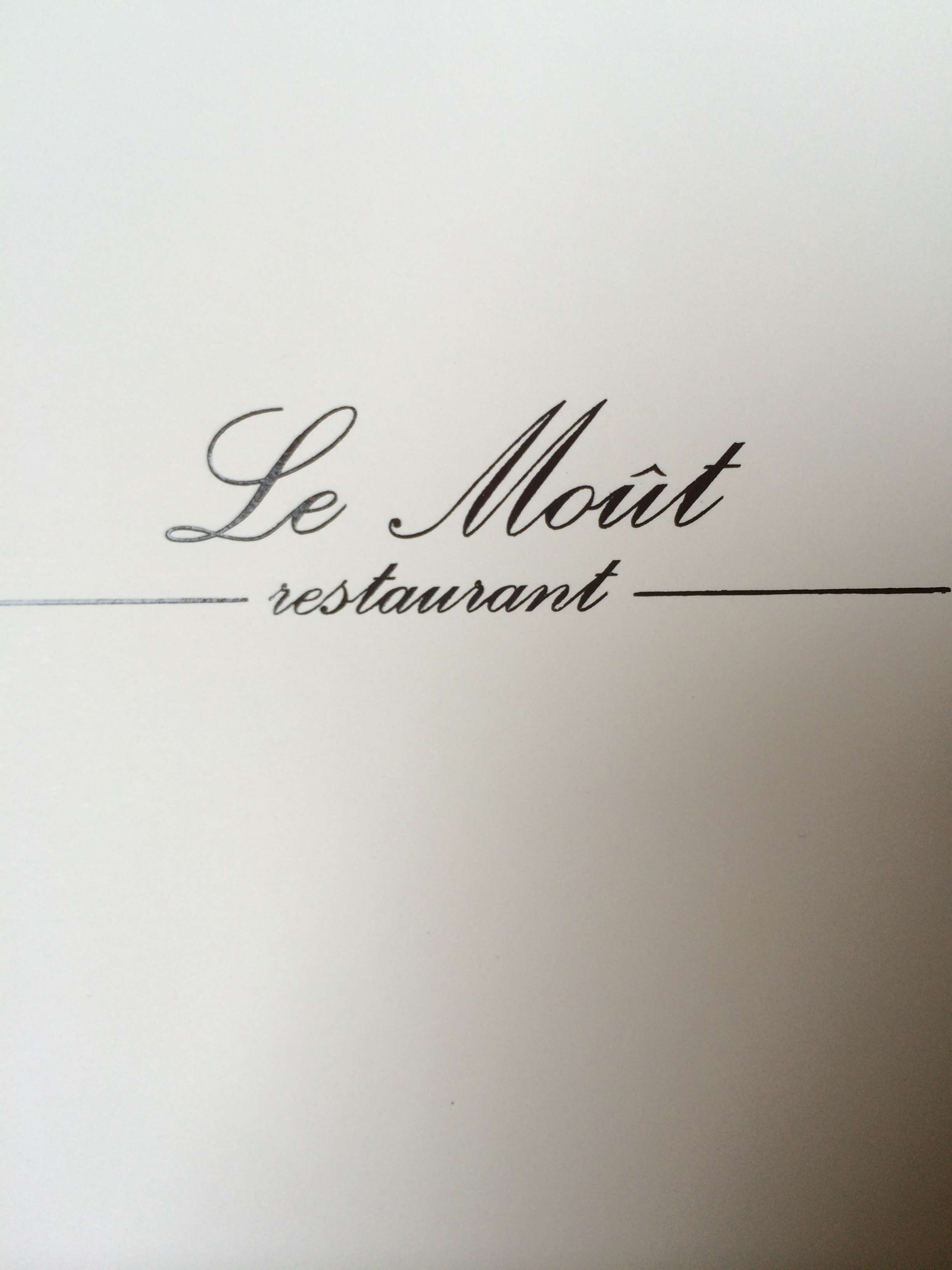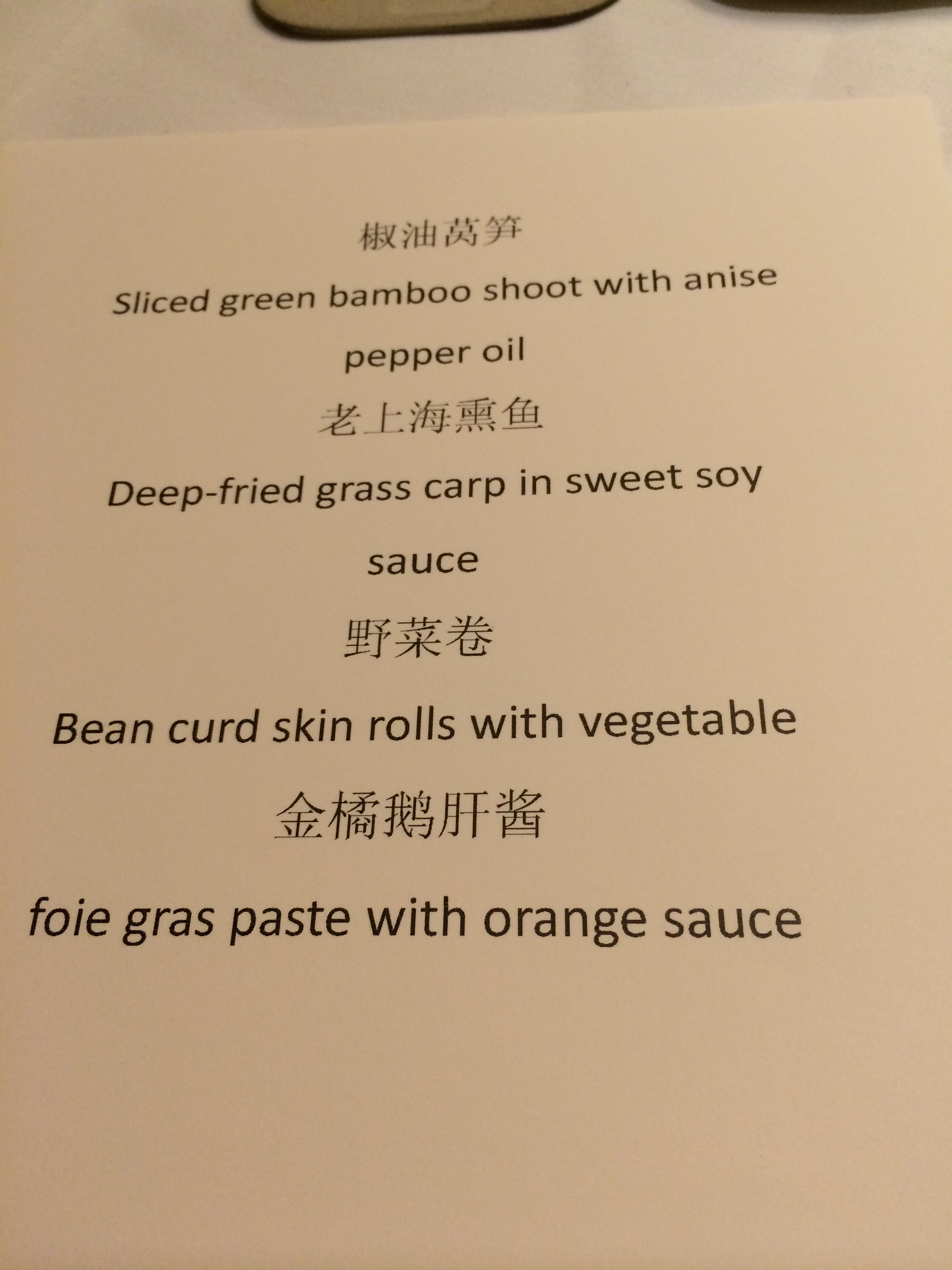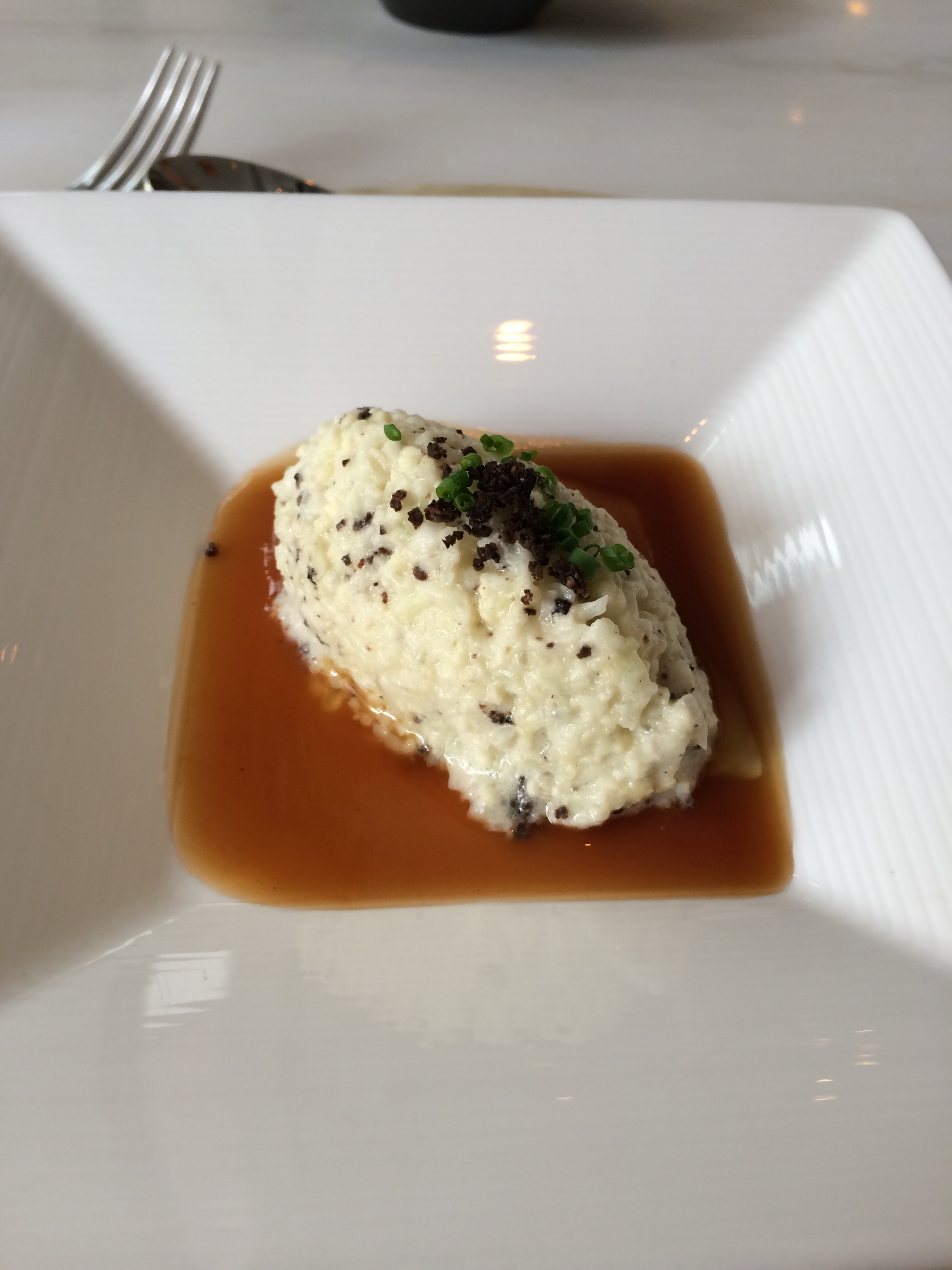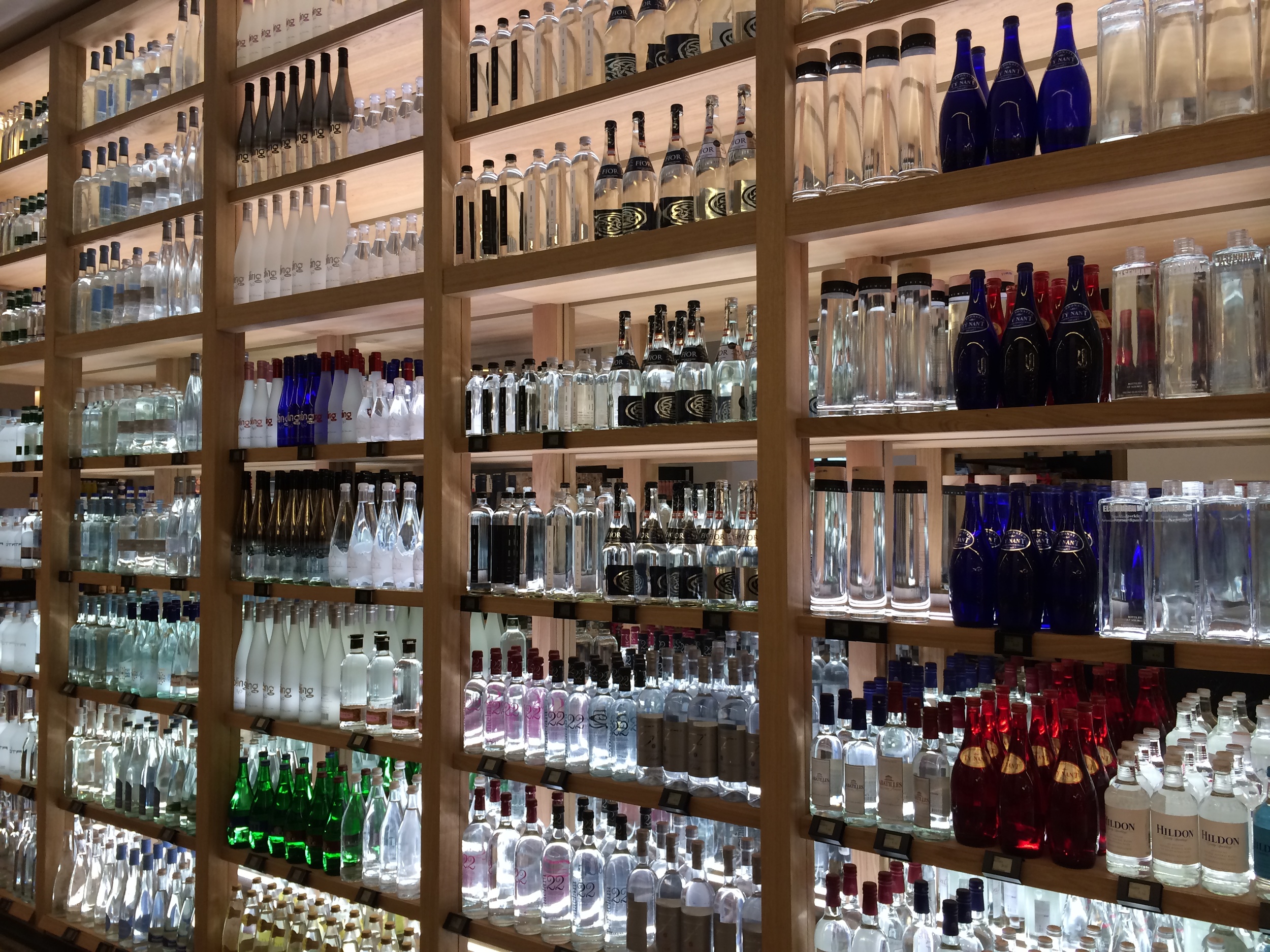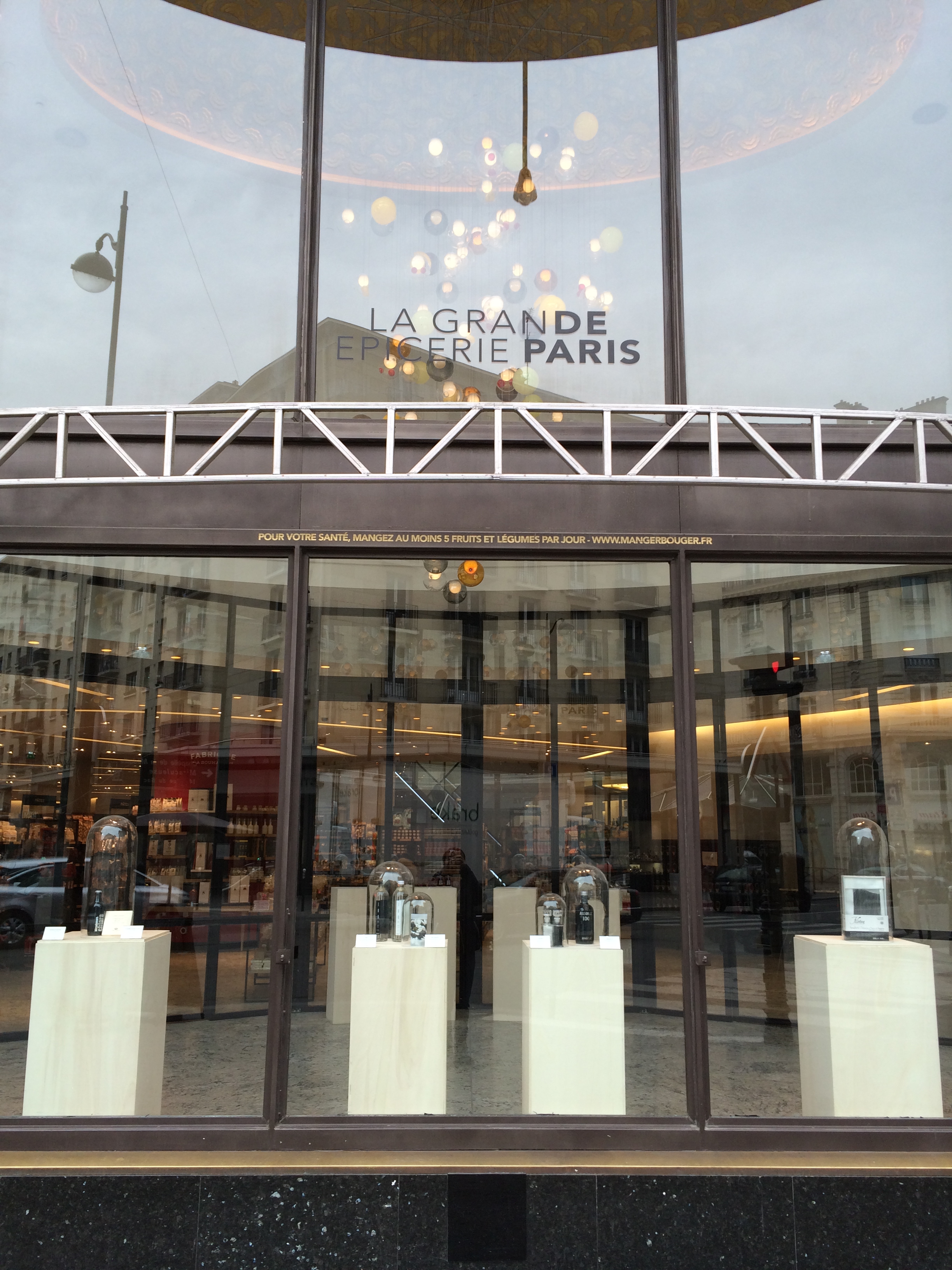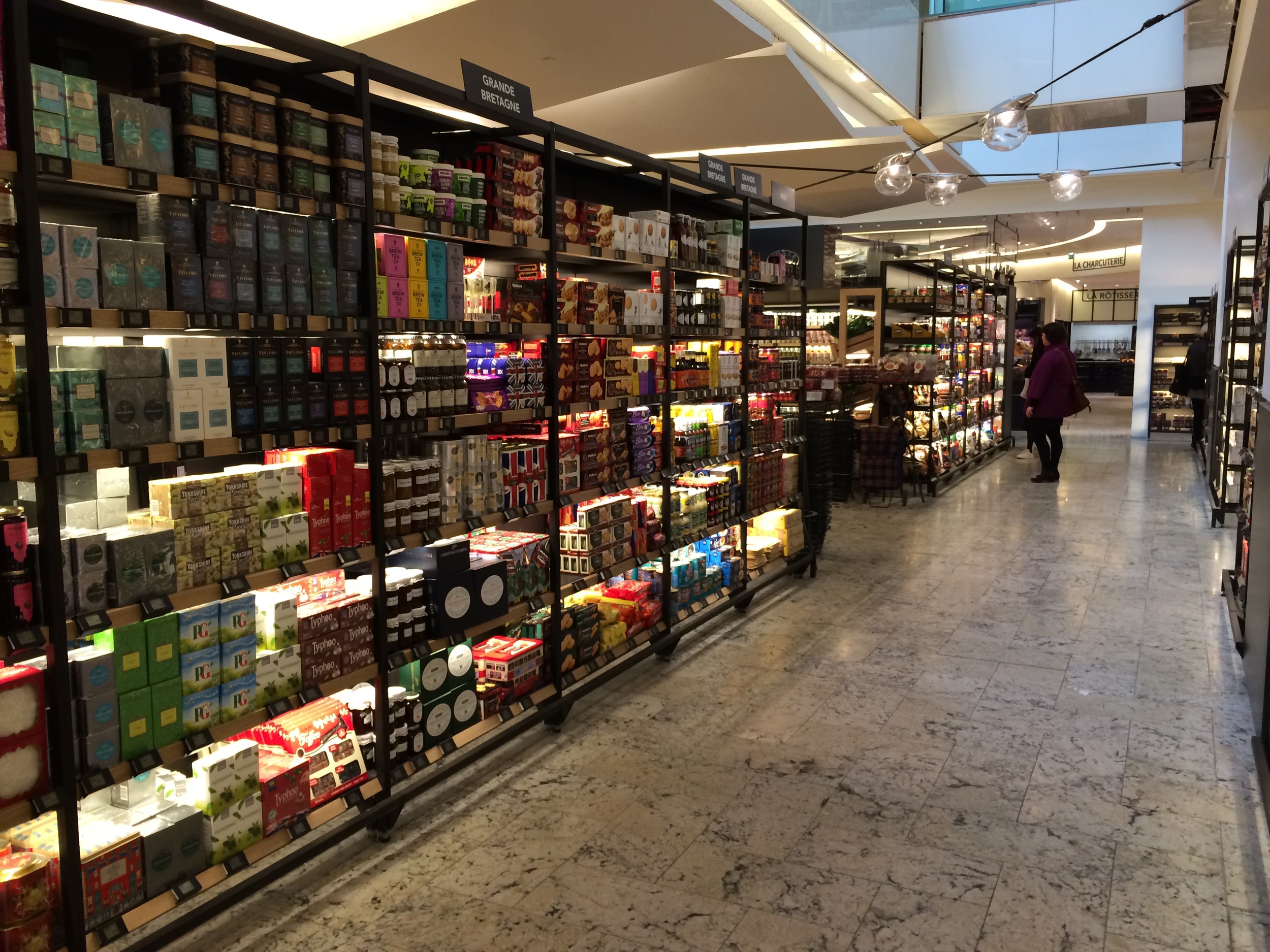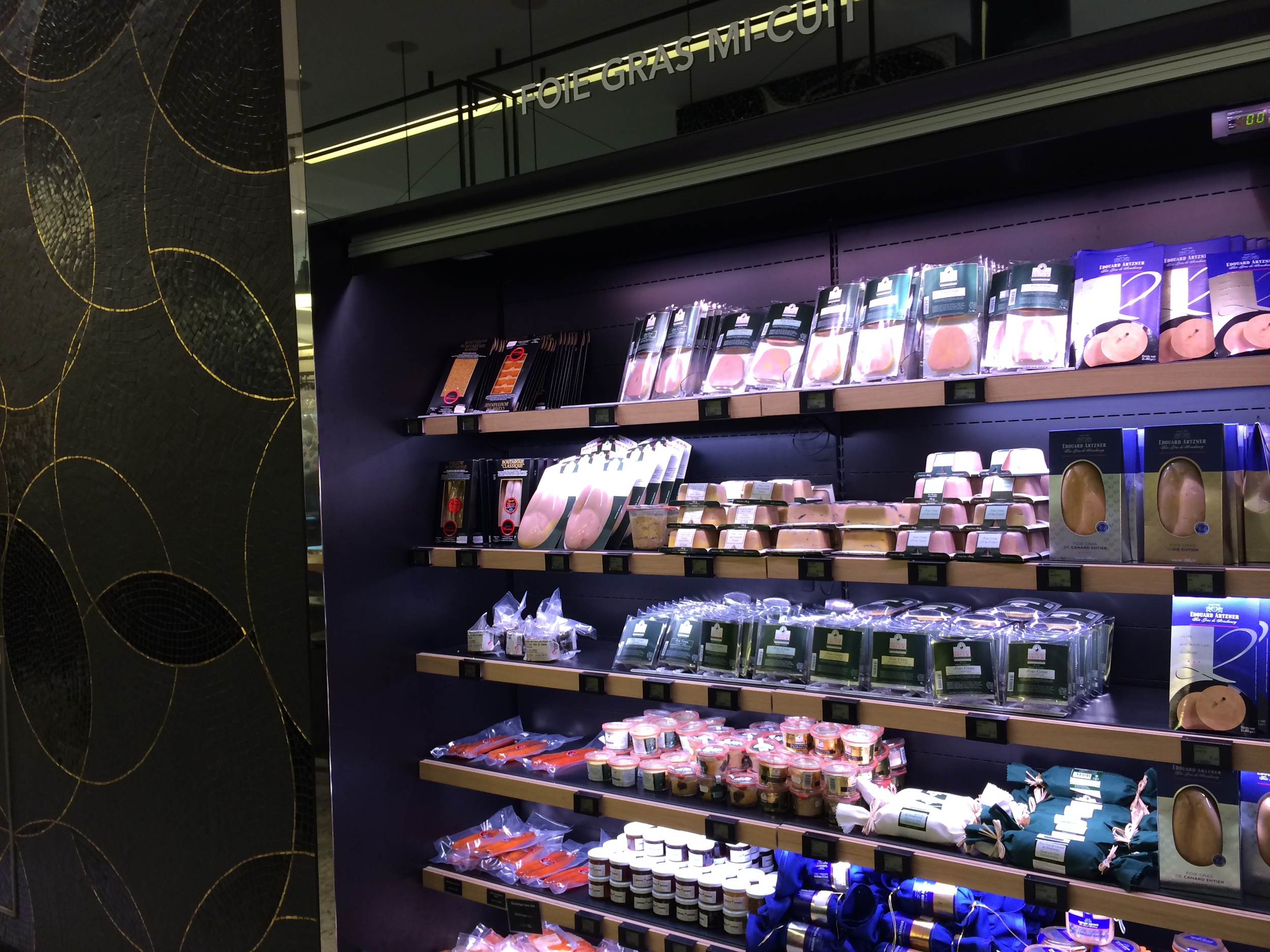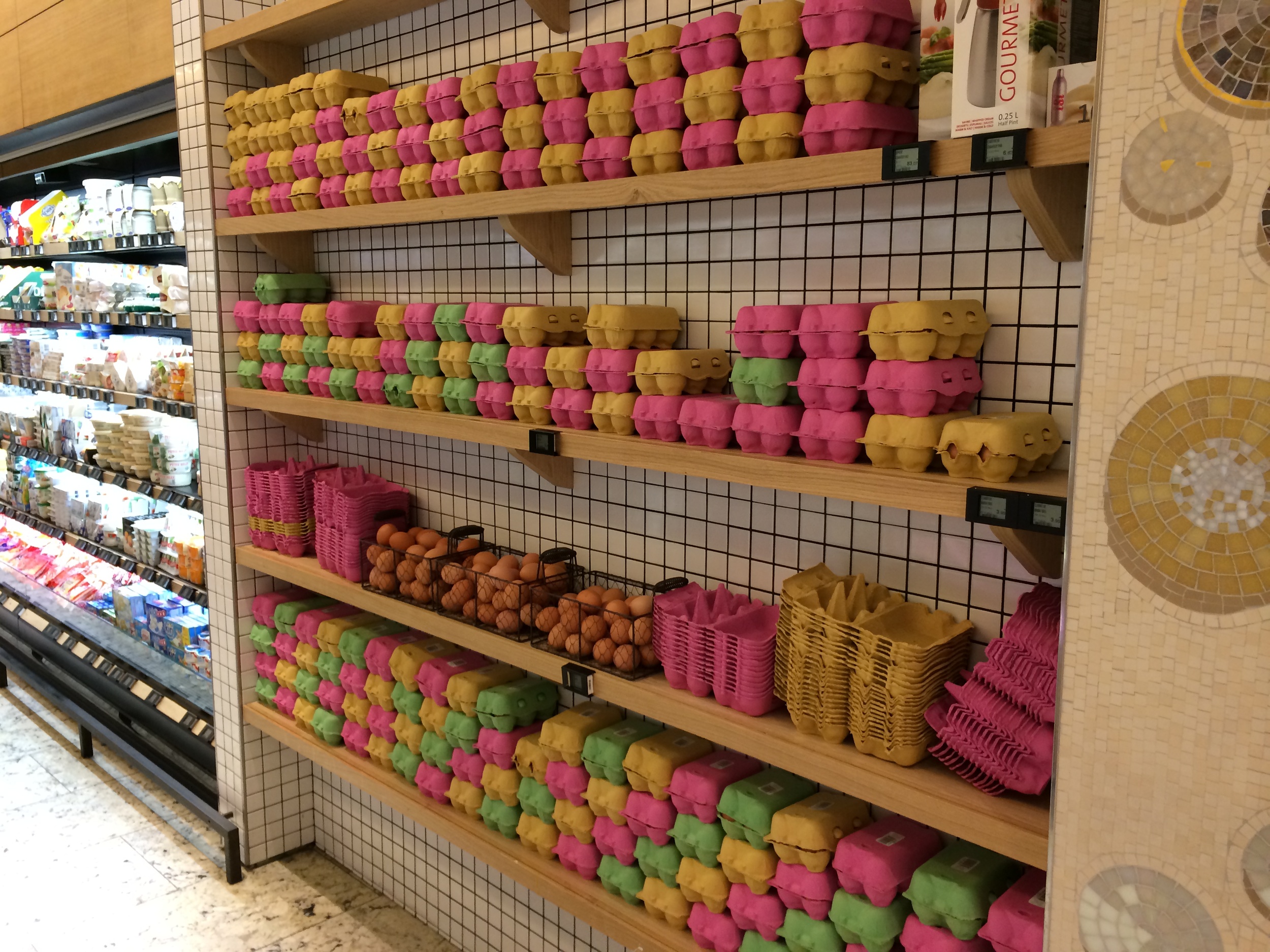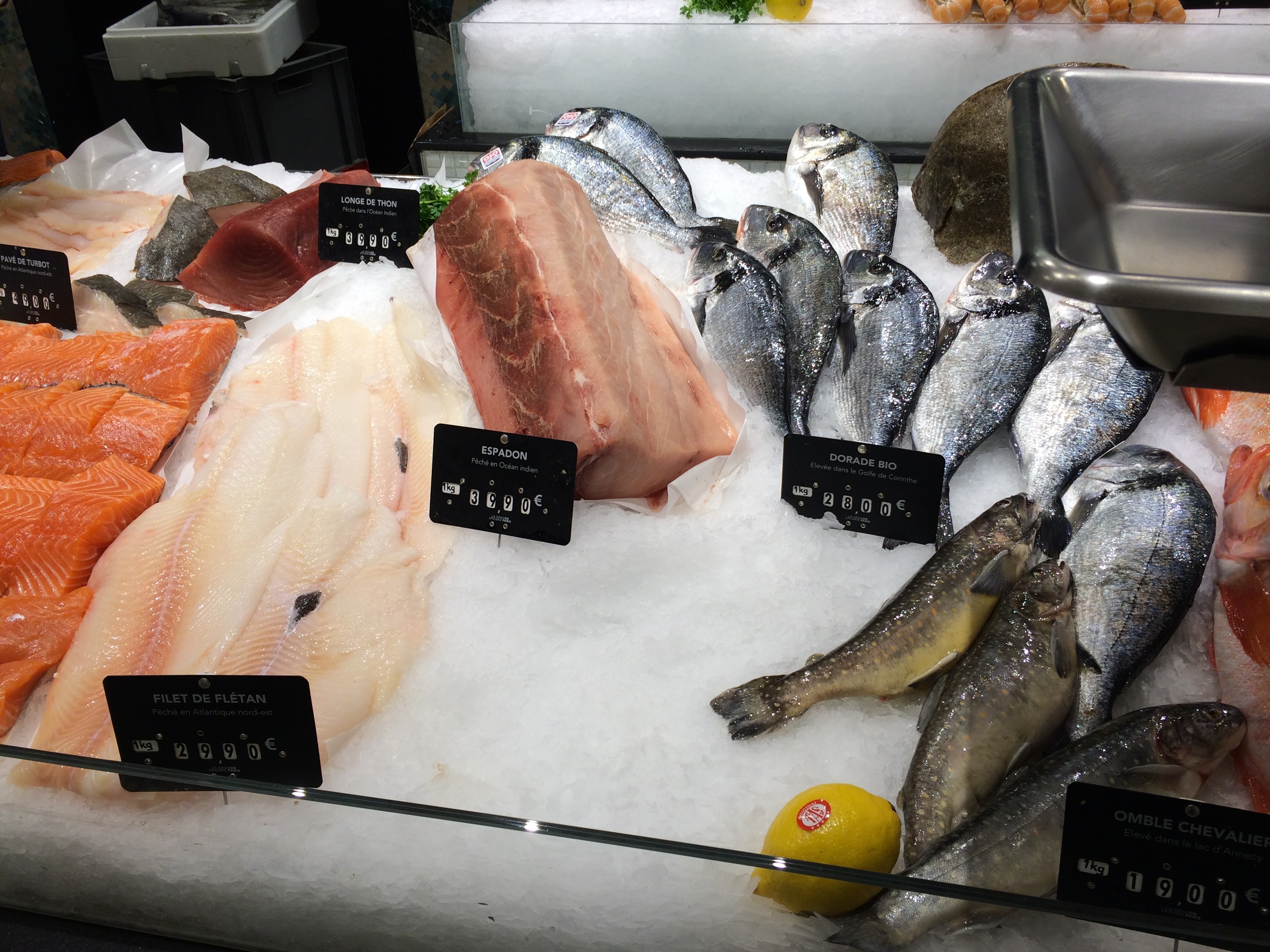Traffic Jam near Siam
I had the pleasure, and luck, of picking Bangkok as my final travel destination over the tumultuous days of the bloodless coup d’état that has recently ravaged the country. The military, which holds extra-congressional an extra-judicial power in Thailand, imposed martial law in the capital on May 20th to control pro-democratic riots. My fear of traveling was further validated when the army enacted a full-blown coup d’état a few days later. The biggest fear would have been a full-scale shutdown of the airport over the 48 days I was there, trapping me in a politically unstable country until further notice. This scenario played out in 2008. A similar coup d’état also happened in 2006.
The recent turn of events was met with a business-as-usual attitude. In my two days in Bangkok, I did not see one military personnel. I did not witness any violence, or enforcement of the 10pm curfew. The only change seems to be the persistently profiteering taxi-drivers who use the curfew as an excuse to over-charge. In some ways Thailand was an improvement over the perpetual military-ruled country of China. A $10 sim card granted me unlimited access to Facebook, Google and New York Times; I felt unshackled from my chains as I entered into the supposedly tumultuous state. As I entered my hotel room, many of the TV channels were indeed blocked. All that you could watch were talent shows with scantily clad girls with skin too white to be natural, or sports - the opium of the masses, or HBO’s newest episode of Game of Thrones. Censorship, of course, is problematic. But again, it is not unexpected.
What Saket
Bangkok conjures a wide-ranging and often opposing list of stereotypes. First off are ping-pong shows against saintly shrines. Second is rickety tuk-tuks driving through an architectural hotspot brimming in modern art. The final might be fly infested markets and splendid foliage. It turns out the city is not the poster child of these stereotypes as tourists might hope for. It is a fairly normal city, as evidenced by its recent emergence in the world foodie scene (taking 6 of the top 50 spots in Asia). Through all my gallivanting, it was hard to witness anything salacious (admittedly, I could not witness the atmosphere at night given the curfew). As a point of comparison, the innuendo-filled Akihabara district in Tokyo was much more outwardly suggestive than any district in Thailand.
The river in front of Wat Arun
Of course there is the famed Khao San road, which has gained international recognition as a backpacker’s capital. The area is unconnected by public transportation and is not worth visiting unless you want to see foreign travelers. But the area around there is filled with goodies: the Wat Saket (Golden Mount) reaches for the heavens and provides an excellent view of the city (closes 17:30), the stately Grand Palace (closes 15:30), the paired Wat Pho (reclining buddha) and the Wat Arun (Temple of Dawn) across the river. The blistering heat and humidity is dangerous. The shacks selling iced milk teas (the thai version is orange) and freshly squeezed juices are the oasis, as are trains and taxis. As tempting as a tuk-tuk is, you will regret it. The last important sight in this part of town is Chinatown, where you can get a huge, stinky Durian fruit. Just don’t bring it into a taxi or a subway station.
Som Tam at Or Tor Kor
The aforementioned sights are all tourist-ridden (though less-so given the coup when I went), forming the west side of Bangkok. The trendier parts of the city can be found in the centre and east sides - connected by sky train and metro. Note that the sky train and metro tickets are in general more expensive than taxis. However, they are faster during rush hour. For example, take the dark blue line to Chatuchak, a market that is open on the weekends. If you’re there on a weekday, then you can at least go to Or Tor Kor (directions: take the dark blue line to Kamphaeng Phet station and exit number 3) which is a farmer’s market. Most sources suggest getting a som tam, a green papaya salad. In the middle of town, connected by the Sky Train over the stops “National Centre” and “Siam” is the glitzy (and most congested) part of Bangkok. It is filled with high-end hotels, brand names, and signs that have Chinese, English but no Thai. Of course, shopping in Thailand is no fun so you can go to Bangkok Art and Culture Centre, which currently has a cool exhibit on architecture by Foster + Partners. They’re the firm that designed the bullet-looking building in London. A few blocks away is the Buddhist sanctuary of Erawan Shrine lost in the hustle and bustle of the capitalist sanctuary of Siam square.
Sri Nakhon Khuean Khan Park
Without a doubt the most enlightening experience in Bangkok was going to Bang Krajao - a patch of land south of the river. Getting here is not difficult but requires a little adventurism. Exit the Khlong Toei MRT and take a taxi to the Wat Khlong Toei Nok Pier (g: Wat Khlong Toei Nok Pier). The taxi will drop you off at customs for a port. But head towards the Buddhist shrine and then you will notice the passenger pier. From there, a tiny motorboat with a single driver will ferry you and other commuters to Bang Krajao, where you need to rent a bicycle (100 baht/day). On a weekend you can go to the floating market but otherwise there is a peaceful park called Sri Nakhon Khuean Khan Park that is well kept and looks out of place in its lowly, dilapidated surroundings. But bike a little more and you see some wooden bridges that are crumbling under their own weight. I wouldn’t recommend you go over one but I did. The worst case is falling into a moss-infested pond.
But back to the real reason I came to Bangkok. It seems like within a year, it has overtaken Tokyo as the foodie capital of Asia, taking both first and third spot in the San Pellegrino Top 50 Restaurants award. Indeed, I was hoping that it would be the San Sebastian of Asia, a bastion of innovative Asian cuisine in a city known for less fine things. In general the food was excellent and some accolades are deserved. But none of the restaurants come even close to Narisawa, the Tokyo restaurant that was booted down to second by Nahm.
Nahm
1100 baht Set
Pineapple triangle topped with chilli, pork, peanut and prawn
Prawn and coconut wafers with pickled ginger
Blue swimmer crab with peanuts and pickled garlic on rice cakes
Green curry of chicken with thai eggplants and basil
Deep fried grouper with fish sauce
Salad of fresh river prawns with pork and asian pennywort
Thai dessert [mangosteen, lychee]
It begins with the amuse-bouche that is on everyone’s blog - a pineapple triangle (“Ma Hor”) topped with chilli, pork, peanut and prawn. I appreciate what Nahm is trying to do here. It stays true to Thai cooking and uses traditional ingredients and replicates traditional flavours. Unfortunately, as this amuse-bouche already shows, the cooking fails to push the envelope far enough. It’s just a ball of sweet on top of a sourish fruit. A few courses later, you wonder if anything interesting has happened. There is excellent, shattering crunch of the “coconut wafers” and a fresh salad of ginger and prawns inside. The rice cake offers much less texture discovery. Unfortunately, it is mostly downhill from here. The deep fried grouper is hopelessly dry, and again, boring. It amounts to a glorified deep-fried fish in vinegar. The green curry offers little new. The dessert is somewhat redemptive, especially the lychee soaked in a icy, sugary water. Unfortunately, the meal was far from the best meal in Asia. This experience reveals some telling things about the 50 best restaurants list. Most simply, it is one opinion as is mine. It is also dependent on mindset and experience. I went for lunch and could not order anything spicy. Perhaps the spicier dinner options are more inventive. For example, a guinea fowl comes highly recommended that was not on the prix-fixe. Maybe I ordered the wrong things or played it too safe. Furthermore, the top 50 restaurant guide might better be named the 50most talked about restaurants. It often rewards names that are controversial instead ones that are good by consensus. Nahm’s main controversy was how a white man could bring Thai food back to Thailand. After consulting other reviews from other bloggers, I am happy my concerns are echoed everywhere. There is no wow-factor. It leaves me wondering how this can be the best restaurant in Asia.
Taste of Gaggan
1800 Baht
Street Eats from India: Yogurt Chaat, Samosa, Spiced nuts in an edible plastic bag, pain puri
Viagra: Freshly shcuked oyster, spiced marinated apple and Yuzu chutney with lemon air
Sandwich: Foie gras mousse, onion water baguette, onion chutney and hazelnut candy
Down to Earth: Summer vegetables: asparagus, morels, mushrooms, artichokes with 62 degree C egg yolk and truffle, chill air
River King: Fresh water prawn grilled in a tandoor with a curry leaf infusion and mango chutney
Keema Pav (Lamb Ragout): Minced lamb curry with dehydrated tomato bread and chutney
Bong Connection: Red mullet in green chill herb marinade with Bengali mustard, sweet potato, all spice gel
British National Dish: Home-style chicken tikka masala accompanied by naan bread
Made in Japan: White sesame cake, wasabi ice cream and miso leaves
Divine: Fresh Mahachanok mango with cardamom ice cream, pistachio gnocchi and yogurt cookie
Dubbed “progressive Indian,” this experiment in molecular gastronomy is rated the best Indian restaurant in the world. Its only criticism might be that it isn’t very Indian. How is Foie gras even Asian at all? Yet from the first bite - a Yogurt Chaat with an raw egg consistency - you know the meal will be special. This amuse-bouche turns molecular, using techniques from Spain, giving the chaat a thin membrane. When it breaks, an eruption of traditional indian flavours break loose and serenade every point in the mouth. Fast forward to the controversial foie gras dish. the “baguette” is made of onion water - a foam that dissipates in your mouth, leaving just the succulent duck mousse. Then a perfectly cooked “62 degree” egg comes in a stone bowl with copious servings of mushrooms and truffles. The egg alone, the sunny yolk running lusciously, makes the dish. The meal continues to be interesting - with a good sense of humour too: one dish is named “Viagara,” presumably for the aphrodisiac in the oyster; another is named “British National Dish”, alluding to how the tikka masala chicken is more widely eaten than fish and chips. At time, the food feels almost too experimental. The pistachio gnocchi, for example, misses on flavour and the slobbering of concentrated mango feels anything but fine. And indeed, some dishes are not Indian at all. But perhaps that’s not the point (one dish is called “Made in Japan”). This menu is about Gaggan, the chef, who is adept at Indian cooking. But when he successfully puts in dishes from other cuisines, I am not complaining.
Issaya
~1300 Baht à la Carte
Yum Hua Plee: Banana blossom and heart of palm salad, crispy shallots and roasted peanuts a chill jam dressing
Gai aob: All natural Sankhaburi chicken “Issaya-spiced” rubbed and charcoal grilled
Wok sautéed short grain rice with “Hed por”: Asian multi grains, shanghai mushrooms and garlic sprinkled with mushroom-scented oil
In an environment quite like Bo.lan, situated near a well-off gated community in a white mansion, Issaya Siamese Club comes right out of colonial times (though Thailand was never colonized). The most famous dish of them all - a salad with banana blossom and heart of palm with lots of nuts and strips of crispy shallots, is addictive. The ingredients seem like they are from another world, and to most of us, they are. Then, flaming whisky is poured over grilled chicken, rubbed with a strong but not spicy mix. It is a lot of chicken, best eaten with pot-sticking rice with mushrooms. The chicken starts off tender and juicy. After a while, it turns a bit dry but you’re done eating by then. Another fun dining experience, thanks to Thai cuisine.
srabra by kiin kiin
1300 baht à la Carte, lunch
Kaffir lime leaf scented lotus Root
Prawn Cracker with Chilli tomato Dip [prawns, garlic, dried prawns, chill, tomato]
Soy roasted cashew nut meringe [soy sauce, sugar, cashew nut]
Frozen red curry [Red curry paste, lobster, lychee, lemon juice, chill, coriander, keffir lime, Lychee foam]
Tom Kha Soup with Quail and Sauteed mushrooms [Quail, mushrooms, tapioca, coconut milk, galangal]
My favourite of the restaurants in Bangkok, not least because of its preference for the modern. It is an offshoot of Kiin Kiin (Copenhagen), the only Thai restaurant to have a michelin star. Srabra is in the ritzy Kapensky hotel in Siam square, as ‘downtown’ as it gets. And in Bangkok, you can eat at a fraction of the price in Copenhagen. To start are three amuse-bouches. A crunchy deep-fried lotus root sprinkled with sugar. A prawn cracker dipped in a airy but defined tomato paste. Finally a sweet and salty piece of soy cashew meringue. To begin, a modern take on the widely eaten red curry. Except it is frozen. Giant pieces of lobster in a lemon juice share a helmet-shaped bowl with a scoop of red curry ice cream. The “inside” of the bowl is filled with liquid nitrogen, which regulates the temperature of the curry and more importantly, looks cool. Between the liquid nitrogen and the lychee foam, it feels a bit like digging for treasure in some ancient hot-spring. The prize is curry-soaked lobster, in a cool sauce - a perfect antidote for the heat. The next dish is just as heavenly. It is a (again) modern take on the traditional Tom Kha (Coconut) soup. Instead of chicken, a tender quail is used, sitting with mushrooms and tapioca. The beauty of this dish is how defined each of the strips of ingredients (either quail or mushroom) are, each maintaining its own flavour and pairing together perfectly. The coconut milk with hints of galangal (a ginger) does not ruin the integrity of the quail as if the quail is water-proof. Instead, the sauce adds a gentle, milky touch. This is an inspired meal.
Bo.lan balance
1980 Baht
Welcome Drink - Chilled Lemongrass & Pandanus.
Ya dong grachai dum served with sour fruits
Bo.lan amuse bouche
Single plate of the day - prawn
Salad of chicken, pork & prawn with grilled banana blossom served with chill dressing
Central-plain chill relish of Andaman shrimp paste and acacia leaf omelet & local greens
Quail
Green curry of “KU” beef
Bo.lan clear soup
Bo.lan dessert du jour
Petit fours to accompany your cup of Bo.lan blend
Bo.lan blend: Chiang Mai tea with spices, mint, ginger & honey
Bo.lan is the most traditional of the five, serving course after course of traditional Thai fare. As you step out of the humid Thai climate and enter into this nice cottagey restaurant, you are given a refreshing welcome drink - a Chilled Lemongrass & Pandanus water. The main ingredient is the extract from the Pandanus flower, which is a bit like coconut - sweet and nutty. Then another two drinks come as part of the set course. The “whisky” is much too boozy but another serving of Pandanus water is again, refreshing. There was also an odd selection of sour fruits that were much too sour and chilli crumble and salt that didn’t seems to be useful. Five amuse-bouches, are served. Many follow the sweet-stuff on weird Thai fruit formula. Most of them work - the succulent ramboutin fruit topped with a chewy prawn. Using the amuse-bouches, the restaurant solicits your spiciness tolerance. Apparently, I was intolerant. The set menu appropriately caters to the uninitiated like me - not by putting less spice in a dish, but rather by making a new dish together. I was that the dishes were not being changed or compromised because of a personal weakness. After a final starter of chilli relish with a omelette inside a “acacia” leaf, the real onslaught begins - salad, soup, curry, rice - all served together. It is a mountain of food and choosing what to try next is mentally difficult. It turns out to be a lot of fun. Picking apart the dense quail with your fingers while pouring green curry over the brown rice, and of course digging into the traditional thai salad - full of coriander and sweet and sour sauce. The food itself is top notch, though the point of this meal is not to deconstruct or necessarily push the boundaries. It is traditional Thai recipes cooked properly with good ingredients. More importantly, Bo.lan is a comfortable experience with thoughtful service and lots of food to eat.
Most fruits you will not have seen before, except maybe at Chinese supermarkets. See here for a pretty comprehensive guide. First, a purple Mangosteen, which looks like a plum with a four-leaf cover atop. It opens up to fibonacci-perfect cloves of juicy white fruit - the perfect mix of sweet and sour to some. It is the subject of a splendid NYT article that expresses the power of food in some people’s lives. Particularly fascinating to me is the scientific beauty in the fruit - like how the number of petals at the bottom match the number of cloves inside. Also, the ease of opening it up, and the balance in flavours all seem to possess an order. If the Mangosteen is the queen of fruits, then the durian is the king. This prickly, ugly and smelly fruit could be used as a weapon or at least a practical joke. I have not tasted one out of cowardice but I’ve heard it is creamy. Then there is the Rambutan, which looks a bit scary - like a hairy deepsea shellfish or something. It opens up and tastes like a lychee (which is also prevalent in these parts). A very sweet fruit with a plushy texture and lots of seeds is called a custard apple. It tastes nothing like an apple. Of course, there is the watermelon, and the mango. In short, the fruits here are worth writing about.
So despite all the fears, going to Bangkok was actually liberating. It undid the shackles of the Chinese government for a quick few days. While the coup erupted in the background, not a single weapon could be seen. Nor any soldiers. The politics here are a nightmare. The heat is unbearable. But somehow it attracts adventure-seekers again and again. After seeing the youthful atmosphere and the opposing dichotomies that make this place hard to generalize, it makes a lot of sense.
Accessibility: The predominant language is Thai, though most people have a working knowledge of English, especially in nicer areas. Taxi drivers, generally, do not speak English. Google maps often accepts Romanized Thai and conveniently spit out the location in Thai, which you can show to the taxi drivers. Rarely will you have to enter directions in Thai into Google maps. Sim cards are available at the airport for about 300 Baht. Taxis are cheaper than subway and light rail, but subway and light rail are faster in congested periods. Always use the metered rate in Taxis. Some drivers will ask for a negotiated charge. There are enough taxis that you should be able to find one that is metered.

























